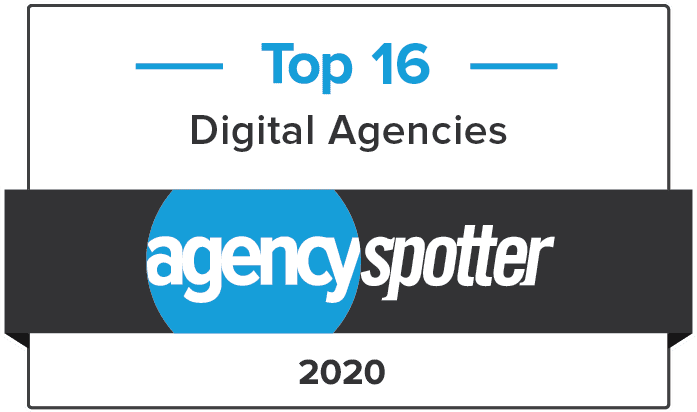Outcomes Over Outputs: The Top Ways to Measure Earned Media
Attend any PR workshop, talk or webinar these days and you’ll hear public relations professionals stressing the importance of measuring earned media in PR.
“It’s so important.” “Don’t forget to measure!” “If you’re not measuring your work, you’re doing it wrong.”
That’s great advice, but how exactly do we go about doing that? This post will provide insight on simple, but effective, measurement tools that will keep your earned media tracking strategy forward-thinking and goal-oriented.
Measurement is growing exponentially in importance for marketing, advertising and PR professionals using the PESO Model, and with good reason. Measuring our work helps show our clients how our strategies and campaigns are doing and what can be improved in the future, and it holds us accountable to our goals and objectives. In public relations, there are many metrics that prove important in our efforts across paid, earned, owned and shared media. However, it has always been challenging to measure the impact and value of earned media.
Unless you’ve been living under a rock, you’ve heard that AVEs (Advertising Value Equivalencies) have pretty much been retired as a form of media measurement. Since the 1940s, AVEs have used the formula “Size x Rate” to place a monetary value on earned media coverage. For example, if you have an article that’s 10 column-inches long in a paper with a $10-per-column-inch rate, your AVE will be $100. But, if you’re like me, after you read that sentence, you probably thought to yourself, “But I haven’t picked up a newspaper in years.”
Exactly. The AVE formula hasn’t adapted to the digital age we live in. It doesn’t accommodate online news, television, radio, social media, blogs or countless other forms of news communications available today. Stephen Waddington, chief engagement officer at Ketchum, said, “Advertising Value Equivalent is a lousy form of public relations measurement. Practitioners use it because it’s easy. But it’s also wrong.”
So, now we know not to use AVEs to measure our earned media. But, what do we use instead? How do we continue to prove the value of earned and curated content through pitching, relationships with journalists and the power of social media?
The Public Relations Society of America updated a set of seven principles in 2015 called the Barcelona Principles 2.0. These principles were to “serve as a guide for practitioners to incorporate the ever-expanding media landscape into a transparent, reliable and consistent framework.”
Strategic America’s PR team has long used these principles in our media tracking and is formalizing an earned-media measurement strategy that focuses on outcomes over outputs, per the industry standards in the Barcelona Principles. Outcomes can include shifts in awareness, comprehension, attitude, behavior and advocacy, tailored from the objectives of a client’s goals and plan. While outputs such as potential reach and publication circulation numbers are valuable for clients to know, quantitative and qualitative points of measurement are becoming essential for a well-rounded media relations report.
Like most PR firms, SA provides our media relations clients with coverage reports, including insights and results from earned media placements. While every client tracks and measures coverage differently depending on their strategic plan and key messaging, we hope to guarantee each client:
- A list of placed articles that were pitched or earned that mention or feature the client
- A content analysis of the earned media that includes insight on which key messages were hit in placed coverage
- An assessment based on the Barcelona Principles PR Scorecard and catered toward the client’s audiences
- Potential circulation/reach numbers of the earned coverage
This Barcelona Principles assessment consists of assigning ratings based on the prominence and visibility of the piece of coverage in relation to the client’s goals and key messages. A prominence rating analyzes how significant the mention of the client is within a published piece. A visibility ranking analyzes how significant the mention is based on the importance of the publication to a client’s target markets. Of course, these ratings can vary client to client, depending on the markets/audiences they are trying to reach. For example, one client might be looking for statewide coverage while another might expect national coverage.
Linking coverage back to key messages and objectives, as shown in the graphic above, AND assessing the quality and visibility of an article allows us to better grasp the value of a particular piece of earned media coverage, without using a dollar sign. These ratings and rankings are supplemental to qualitative data, but invaluable nonetheless to tracking earned media.
PR metrics can be tricky, so why not fill out your earned media reports with a few more data points that relate directly back to a client’s goals? Happy measuring!




